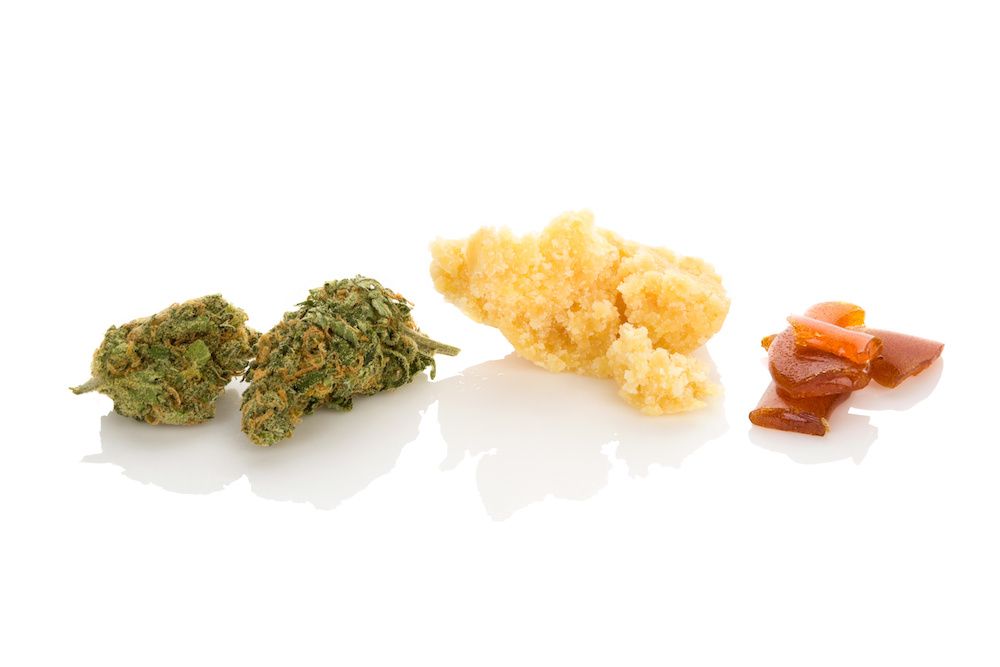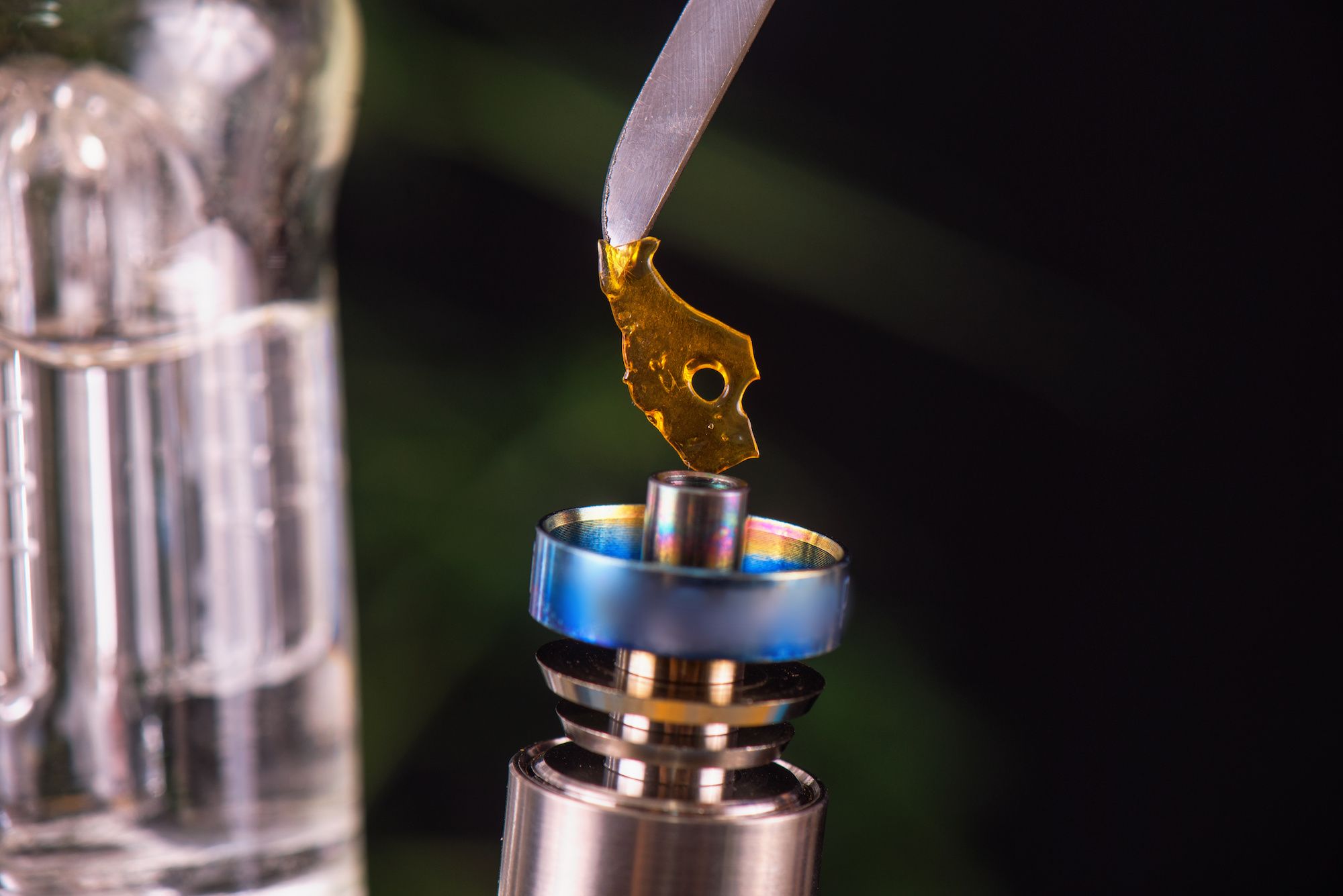Beginner’s Guide: Concentrates 101
With concentrates becoming more and more popular, we often hear a few questions about them. In this article, we answer some of those questions.

With concentrates becoming more and more popular, we often hear a few questions about them. For instance, how are concentrates produced? What are the main extraction methods? In this article, we answer these questions in as much depth as we can fit into a six-minute read.
As cannabis moves from the counterculture to the mainstream, concentrates have been growing in popularity. For decades, the most popular way to consume cannabis was to smoke flower, or heat up the buds of the plant so they release cannabinoids. Within recent years, this is no longer the case.
Concentrates Rise in Popularity
Over the course of the last few years, ingesting concentrates and edibles seems to have become more popular than smoking. This is for good reason - smoking anything can irritate the respiratory system. Not to mention, concentrates like wax, shatter and oil can get you feeling good after ingesting less. Concentrates are produced using an extraction method to remove the most highly desirable compounds in the cannabis plant and leave behind the plant matter. These compounds, of course, are called cannabinoids - THC and CBD being the best-known. Concentrates are high in potency (sometimes up to 80% THC or higher) and consumers feel the effects quickly. Read on to learn how concentrates are produced, and find out what are some examples of them.
How Are Concentrates Produced?
Concentrates are produced using an extraction method to remove the most highly desirable compounds in the cannabis plant and leave behind the plant matter. These compounds, of course, are called cannabinoids - THC and CBD being the best-known. This process is done by using a solvent. The most common extraction methods use butane, CO2, and ethanol. However, hashish is a concentrate that has been made without solvents for a long time. There is an ongoing debate as to which solvent is better, with many people making a lot of claims. There is a bit of controversy in the cannabis industry behind this, so we aren’t going to discuss that here, because plenty of people on the internet already do so.
The most popular form of consuming concentrates seems to be dabbing, but vaping cartridges is a close second. Vaporizing concentrates is more attractive to many consumers because dabbing is an involved process that requires a glass pipe that is called a dab rig and a heating source called a nail. Consumers heat the surface of the nail, let it cool for a bit, and then apply their waxy concentrates directly, vaporizing it for inhaling. With vape cartridges, this isn’t necessary. Most vape cartridges come pre-filled directly from the manufacturer, but there are many that can be refilled by the consumer. This method of consuming concentrates is quick, easy, and doesn’t require a potentially dangerous hot surface. However, vape cartridges aren’t without their dangers. This is especially true when consumers purchase products from unlicensed manufacturers. This is one of the main reasons we saw a vape crisis last year, was due to faulty cartridges that contained harmful additives. There are many other types of concentrates - read on to find out more.

Types of Concentrates
Shatter: Shatter gets its name from its brittle texture, and because it is almost glass-like and can break and snap easily. Shatter is usually a bright yellow translucent substance that actually resembles dried honey. While its cannabinoid content is usually high, shatter doesn’t translate cannabis terpenes all that well. Shatter tends to be consumed most often by dabbing. It is a concentrate that is extracted using a solvent like butane or CO2.
Wax: Wax is similar to shatter in its extraction method, except that its extraction process leaves it sticky and gooey instead of glass-like. Wax is one of the easiest concentrates to handle and apply to various consumption methods. Some cannabis enthusiasts like to place a small amount of wax on top of their flower-filled glass pipes for an added kick. Or, you can consume wax in dab form just like shatter.
Kief: Kief is perhaps the easiest and simplest form of cannabis concentrate. It’s basically all of the crystal-looking goodness that falls through when you grind your cannabis flower. These crystals come from the top of the gland of a cannabis plant - which are known as trichomes. Much of the cannabis plant material falls through as well, including some red hairs. Many consumers sprinkle their kief on top of a glass pipe or put it in a joint. It is simply made but is highly effective. Kief has some of the best terpene profiles you’ll find in cannabis because it contains a lot of the plant material that makes it taste delicious.
Hashish: Hash is the oldest form of cannabis concentrate and has been consumed by humans for centuries. In fact, history tells us that hash was consumed in Asian cultures many years before raw flower was consumed. Hash is most commonly made by pressing kief. The kief is heated and pressurized, which forms the well-known pressed, brown color substance. The reason it turns brown is because of the pressure. Another popular method of making hash is bubble hash. This method uses ice water and mesh materials to separate trichomes and form them into hash.
Live Resin: Unlike other concentrates, live resin is a concentrate that is made from freshly harvested cannabis that hasn’t been dried or cured. Many cannabis consumers believe that this form of concentrate helps to preserve terpene profiles better than any other flavor. This form of concentrate delivers a medium amount of cannabinoids.
Oil: Oil is extracted directly from the cannabis plant and is one of the most popular concentrates. Oil can be consumed in many different ways, but the most popular is through a pre-packaged vaporizer cartridge.
You Have Questions, HashDash Has Answers
This is just a primer on the basics of concentrates. There is much more information involved in how they are made, other types of concentrates, and so on. HashDash is compiling an entire information database that answers your questions on cannabis topics as well as where to find the best dispensaries in your area. Be sure to sign up for HashDash to discover your cannabis matches if you haven’t already. As always, thanks for reading, and happy consuming!
